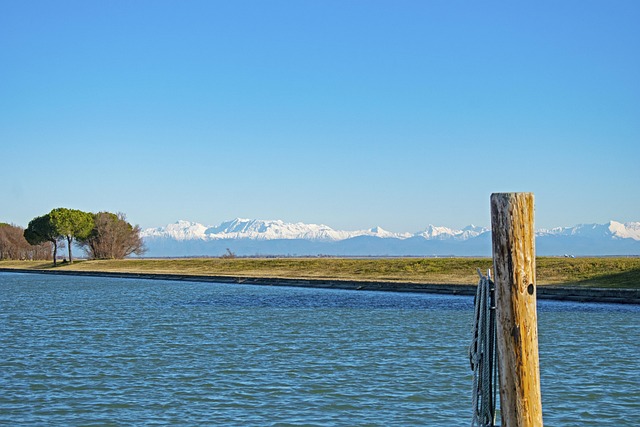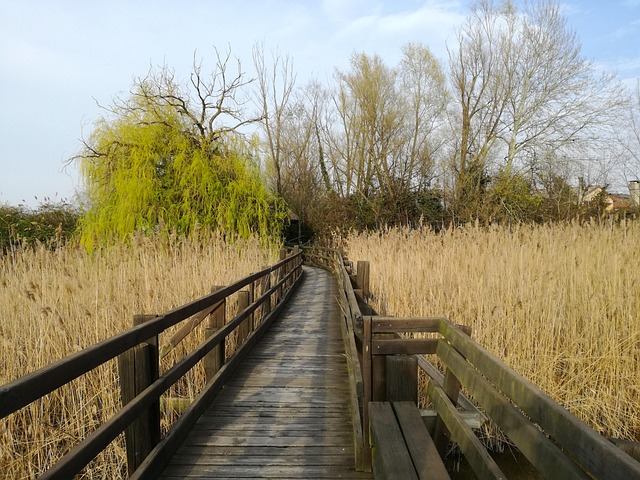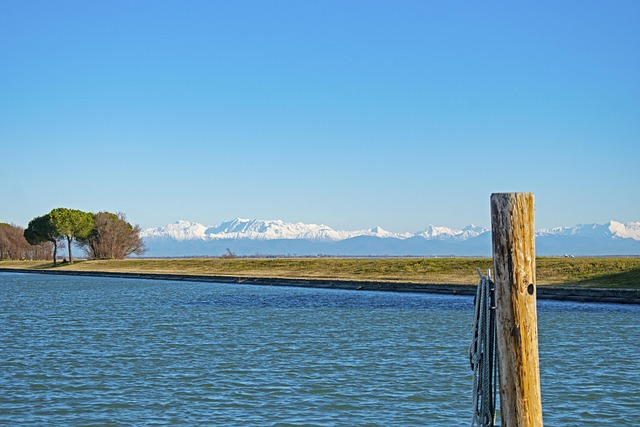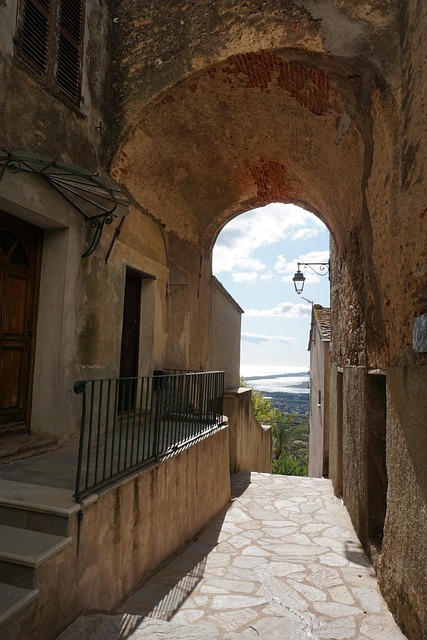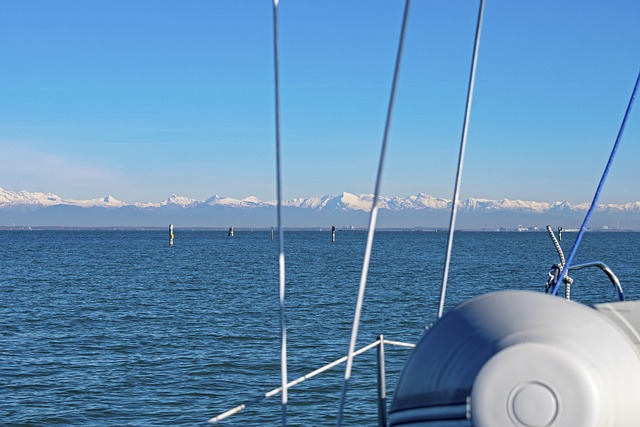Community events are key drivers in local real estate markets, fostering community bonds that attract homebuyers and investors. These events strengthen neighborhood connections, boost local business engagement, and drive property demand, ultimately enhancing market health and property values. By hosting strategic gatherings with defined goals, communities create a vibrant scene that becomes an asset for real estate, securing partnerships, effective communication, and inclusive programming to ensure success.
Community events are powerful catalysts for local engagement, fostering connections and strengthening neighborhood bonds. In the competitive real estate market, these gatherings play a pivotal role in shaping community dynamics. This article explores how diverse events create vibrant, desirable locations, attracting potential homebuyers and investors. We delve into strategic planning, from identifying suitable event types to implementing successful organization tactics, all essential for thriving communities and, consequently, robust real estate markets.
The Role of Community Events in Real Estate Market Dynamics

Community events play a pivotal role in shaping the dynamics of the local real estate market. These gatherings bring people together, fostering a sense of belonging and community spirit. For potential homebuyers or investors, a vibrant neighborhood filled with active residents is an attractive prospect. Real estate agents often emphasize the importance of attending such events to understand the pulse of the community, which can greatly influence property values and market trends.
Moreover, community events serve as a platform for local businesses to connect with residents, promote their services, and build goodwill. This engagement can lead to increased foot traffic, higher property demand, and improved overall neighborhood appeal, all of which are significant factors in the real estate market’s health and stability.
Types of Events that Build Local Engagement
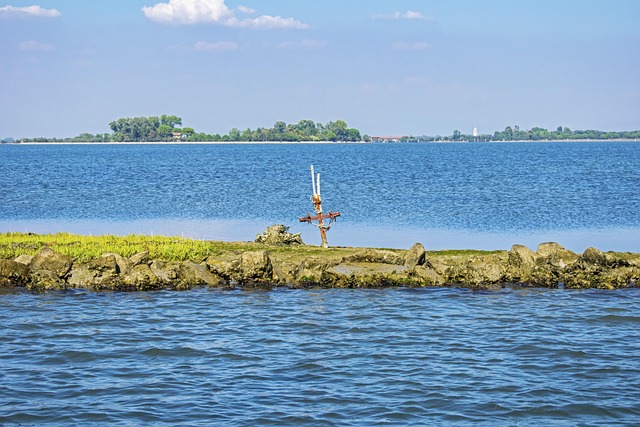
Community events play a pivotal role in strengthening local engagement, creating a sense of belonging and fostering connections among residents. These gatherings can take various forms tailored to meet diverse interests and demographics within a neighbourhood or city. One popular format is the neighborhood block party, which brings people together to celebrate, socialize, and strengthen bonds over food, music, and games. Such events are particularly effective in vibrant urban areas where real estate values are high, and fostering community spirit can enhance the overall quality of life for residents.
Another engaging type is cultural festivals showcasing the diverse talents and heritage of local communities. These celebrations often include live performances, art exhibits, food stalls, and traditional games, attracting participants from across different age groups and backgrounds. In coastal regions, seafood festivals are popular, drawing in both locals and tourists alike to enjoy fresh catches, while agricultural towns organize harvest festivals that celebrate the region’s farming heritage. These diverse event types contribute to a thriving local scene, increasing property values and making areas more desirable for potential homebuyers in the real estate market.
Strategies for Organizing Successful Community Gatherings
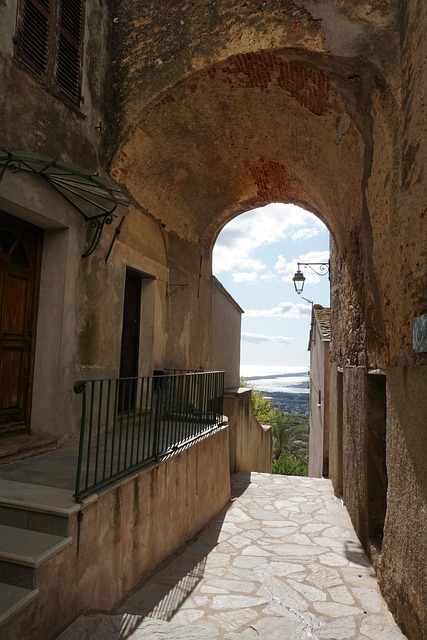
Organizing successful community gatherings requires careful planning and execution. Start by identifying a specific goal or theme that resonates with your local audience, such as a neighborhood celebration, educational workshop, or cultural festival. Engage with key stakeholders within the real estate industry, community leaders, and local businesses to secure partnerships and sponsorships, ensuring broader reach and enhanced resources.
Effective communication is key; leverage social media, email newsletters, and traditional word-of-mouth to spread awareness. Create an inclusive environment that welcomes all residents by considering accessibility needs, offering diverse food options, and programming for various age groups. On the day of the event, ensure smooth logistics, including clear signage, efficient volunteer management, and timely schedules to make it a memorable experience for everyone involved.

